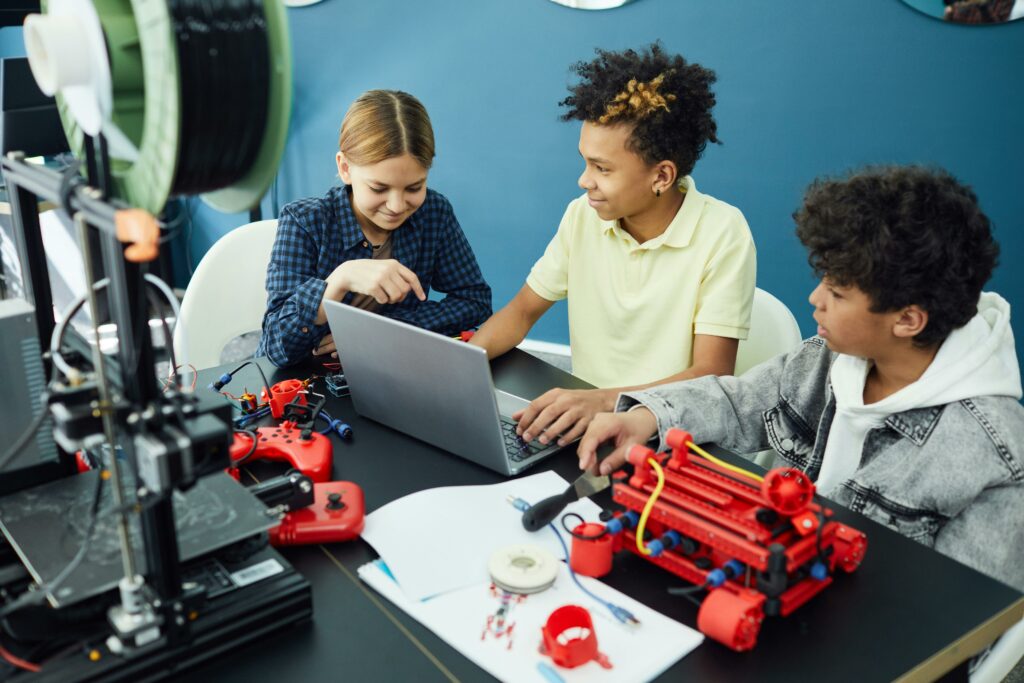
Yoga is a long-established practice that emphasizes mindful breathing, flexibility, and strength, aimed at enhancing overall mental and physical wellness. It encompasses various physical, mental, and spiritual techniques. Key aspects of yoga include breath control and specific postures—sequences of movements intended to build strength and increase flexibility. Originating in India several thousand years ago, yoga has since evolved and been embraced globally in diverse forms. Find out more HERE.
Well, this week I wasn’t on top of my fitness routine, struggling to balance work, school, and home life. When I find myself feeling overwhelmed, I like to look for resources I can use at home to help me manage my week.
This week, I did a 10-Minute Bedtime Yoga session with Adrienne. It’s one of my favorite ways to wind down, whether I need a solid night’s rest or to relieve stress from the day. It’s just a 10-minute commitment, and no matter how busy I am, I feel like I can always fit it in. I love that I can do it from the comfort of my own home, allowing me to stretch, tune in with my breath, and feel so much better after a long day.

